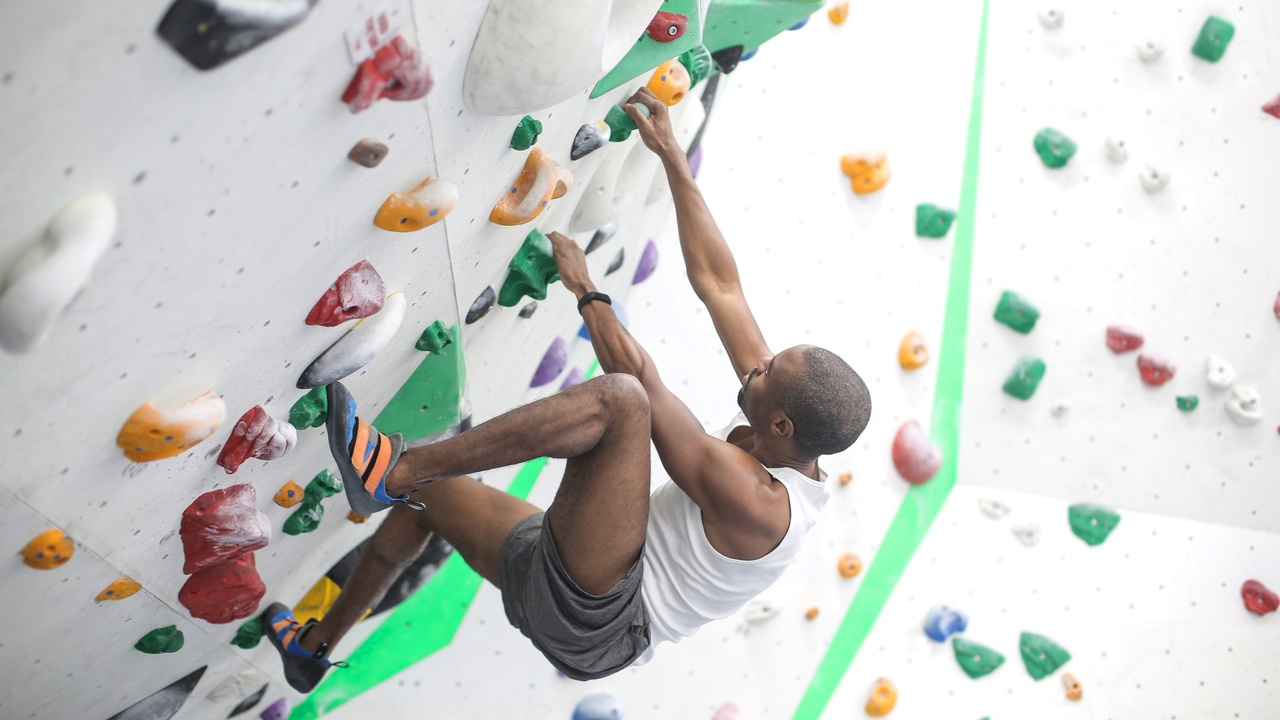
Should our pitchers indoor rock climb in the off-season?
While I am early in forming my opinion on indoor climbing during the off-season, I’m starting to come to some conclusions. There isn’t specific research on the topic, but there is some evidence to support it. Here are some of my thoughts so far:
1) Great scapular and upper extremity stability are necessary
I’d love to see a pre/post study on YBT-UQ score after 6 weeks of rock climbing in pitchers. Until that exists, we at least know that climbing requires automatic stabilization to stay on the wall.
2) Climbing promotes excellent hip mobility (a potential risk factor for injury)
It not only requires an athlete to reach end ranges of hip mobility, but also use the motion once they get into the position.
3) Core stability in the power position is required
Players are notorious for using lumbar extension for stability. Rock climbing promotes core stability in the lumbar flexed position. Here is a video on getting into that position effectively.
4) Finger flexor strength and endurance
The flexor pronator group may have a dynamic restraint role at the elbow to help protect the UCL and endurance and strength of the flexors may be important. If you have ever done rock climbing….enough said.
5) Cardio and movement cross training
6) Learning to develop tissue tension throughout the entirety of motion — a concept that I am developing …. more on that to come!
7) Hanging adds distraction forces at the shoulders, which may or may not be desired
The positive is that it strengthens joint stabilizers and creates tissue tension. The downside is that it is lots of distraction force, and players may need some time off.
8) Promotes finger dexterity that could increase ball control/release
9) Promotes increases in grip strength, vertical jump, pull-ups, push-ups, and significantly increases VO2max
10) It is a self-limiting exercise
***11) Mental Agility - This is a new addition from Jon Torine and I couldn't agree more!
Gray Cook defines self-limiting exercise as “Self-limiting exercise demands mindfulness and an awareness of movement, alignment, balance and control.” Climbing requires all of these and won’t allow you to do it unless you do it with quality movement and control.
A couple of important things to note. As with any activity, you must ease into climbing and slowly progress. Additionally, you don’t want to overdo it and develop finger flexor tendonitis – the opposite of what we are trying to do — build strength, stability, and mobility. Also, I wouldn’t recommend jumping from rock to rock (dyno), as that is likely too much stress.
Let me know what you think!










